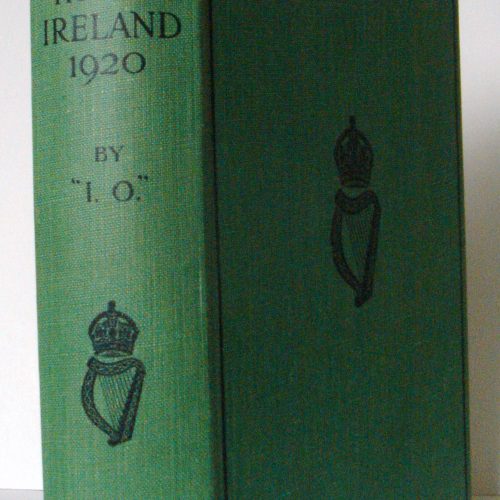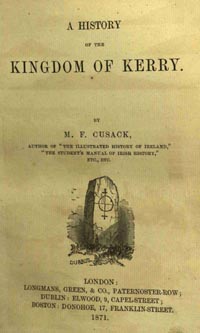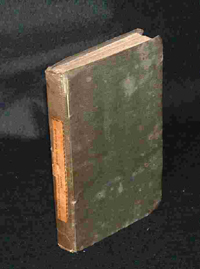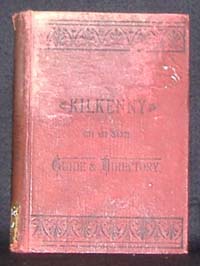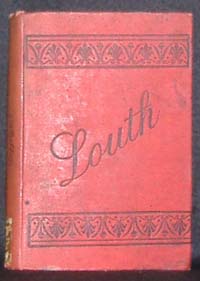I.O. (C J C Street), The Administration of Ireland 1920, 1921
What is inside?
First published in London in 1921 by Philip Allan & Co., this first edition of the Administration of Ireland, 1920, containing 468 printed pages is republished here in digital format. Written 'anonymously' by I.O., the author of the Administration of Ireland is identified as Major John Charles Street (1884-1964), using the pseudonym 'I.O', which stood for information officer, a post he held at Dublin Castle during the Irish War of Independence when he wrote this account. Beginning his army career as an artillery officer for the British Army, he served as a propagandist for MI7 during World War I, at which time he was promoted to Major. After leaving the army, Street earned his living as a novelist and under the pen names of Miles Burton, Cecil Wayne and John Rhode, through which he published scores of detective novels, many of which were centred around the character Dr. Priestley As an information officer at Dublin Castle Street was well placed to observe and record the tumultuous events in Ireland during 1920. Inconceivable at the time of writing, Street like many Britons still believed that Britain could keep Ireland within the Empire. Some observers have viewed The Administration of Ireland as an apologia for the Black-and-Tan campaign of 1920 and while there is some truth to this the book is also seen as a coherent statement of British policy in and towards Ireland, written and published at the height of the War of Independence. Making great use of privileged access to intelligence information at Dublin Castle, The Administration of Ireland is both an historical document in its own right and a great source of material, albeit with a a British slant, on the Irish War of Independence.
Starting with an introduction stretching from the Easter Rising to the close of 1919, The Administration of Ireland is perhaps ironically prefaced by a transcript of the Declaration of Independence made at the GPO in Dublin during Easter 1916. The introductory chapters sought to establish the extent and level of Republicanism, both militarily and amongst the civilian population, that were pitted against Britain in 1920. From the beginning of 1920 through to the end of the year Street utilises all the intelligence information at his disposal describing IRA activity throughout the country and the Government's responses to this, perhaps understandably playing-down the role of the Black-and-Tans. This information includes communiques from IRA Brigade commanders, arrests and trials in district courts of IRA members and a number of case reports of IRA murders throughout Dublin City, and atrocities conducted in the name of independence by both sides. Following chapters include accounts and evidence on the arming and forces of the Republican army, its campaign in Ireland, the role of the police and questions of reprisals. All-in-all The Administration of Ireland, 1920, is a thorough account of the Irish War of Independence written by a participant and observer of events. Bias aside, The Administration of Ireland verges on a source-book for the events that took place in Ireland in 1920, which led in such a short space of time to Britain's withdrawal from this small but important part of its empire.
This title is a DOWNLOAD.
Research Store.
Browse our range of products that can help trace your family ancestry and learn the story of your families history and past.
